IMPACT OF TOURISM-DRIVEN URBANISATION

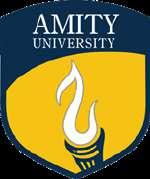



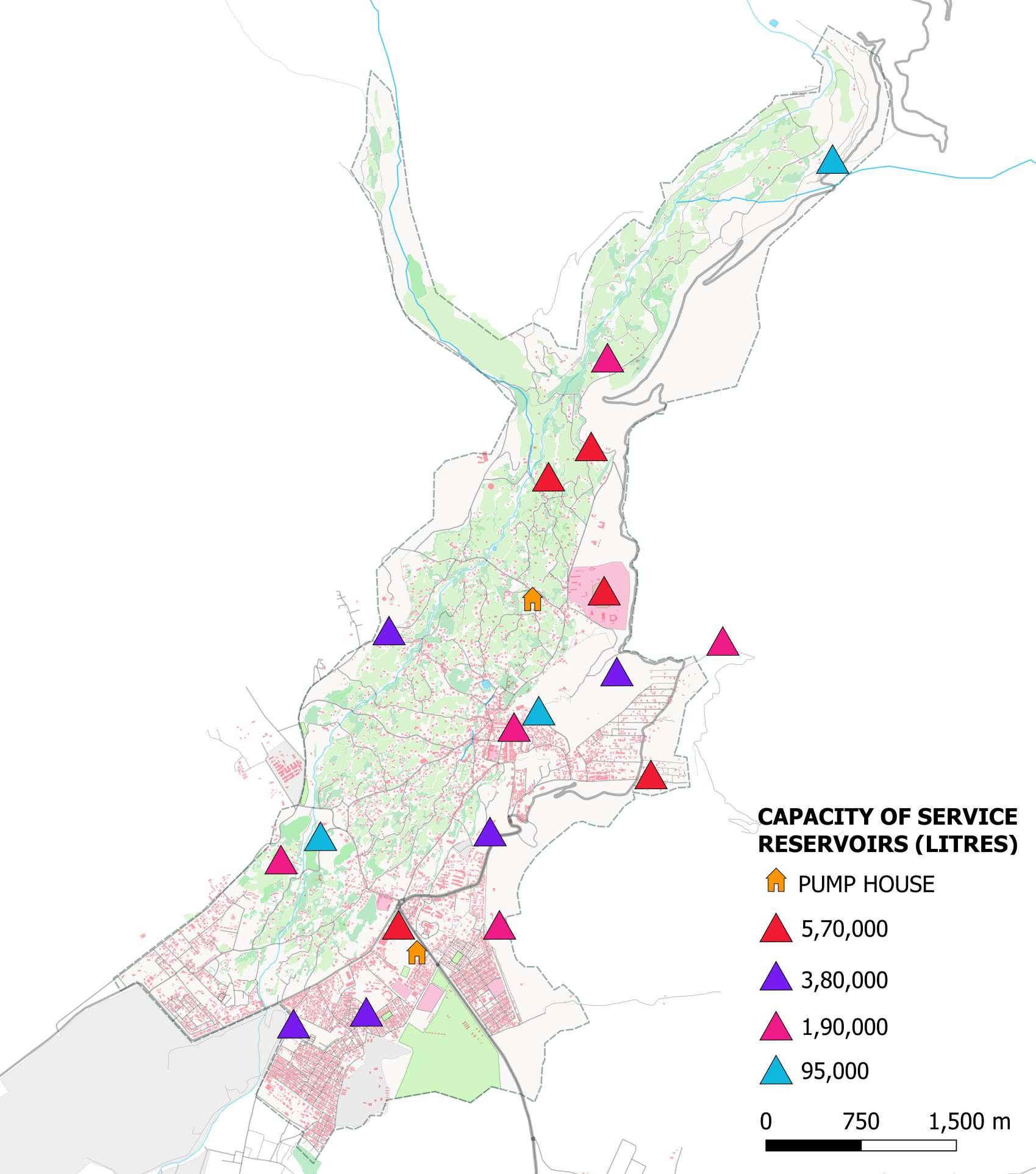

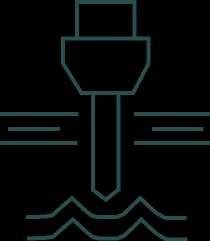









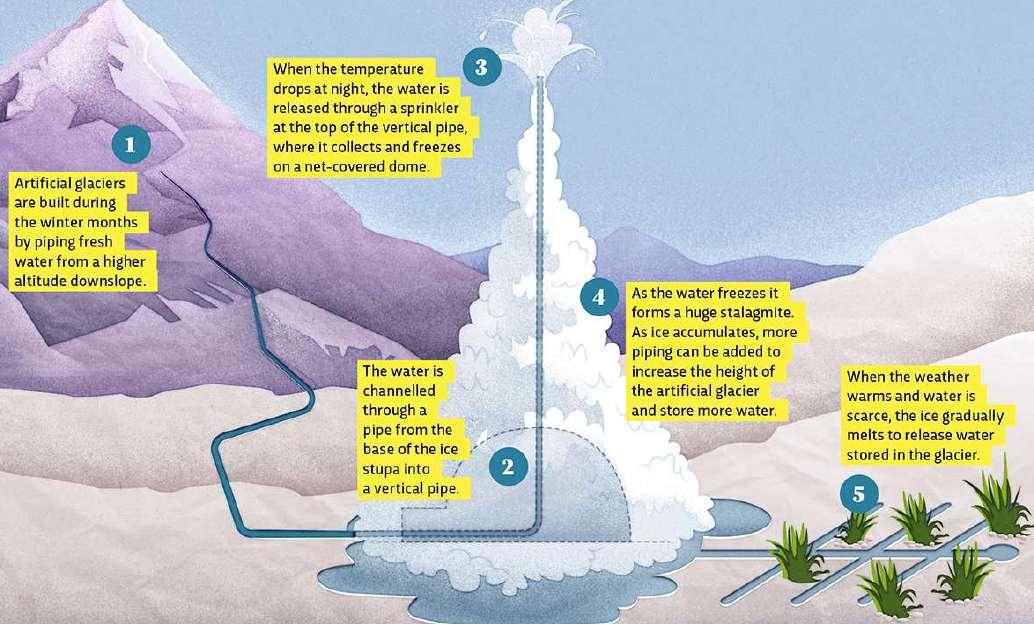




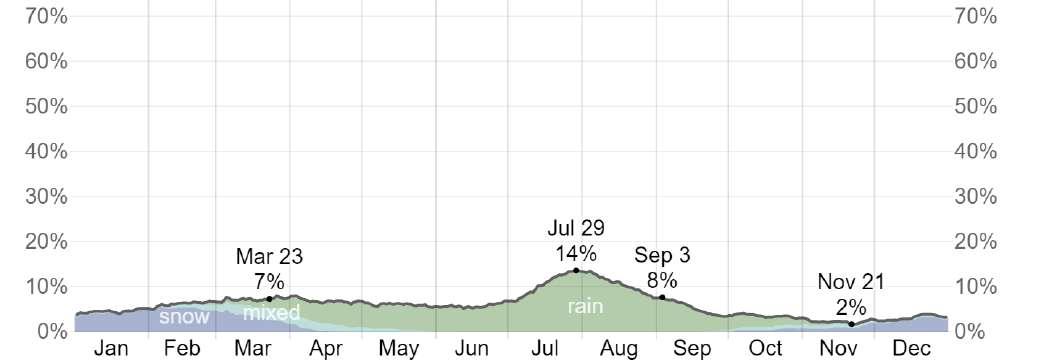



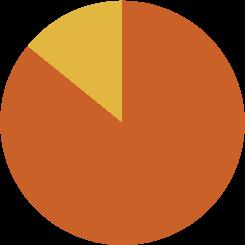







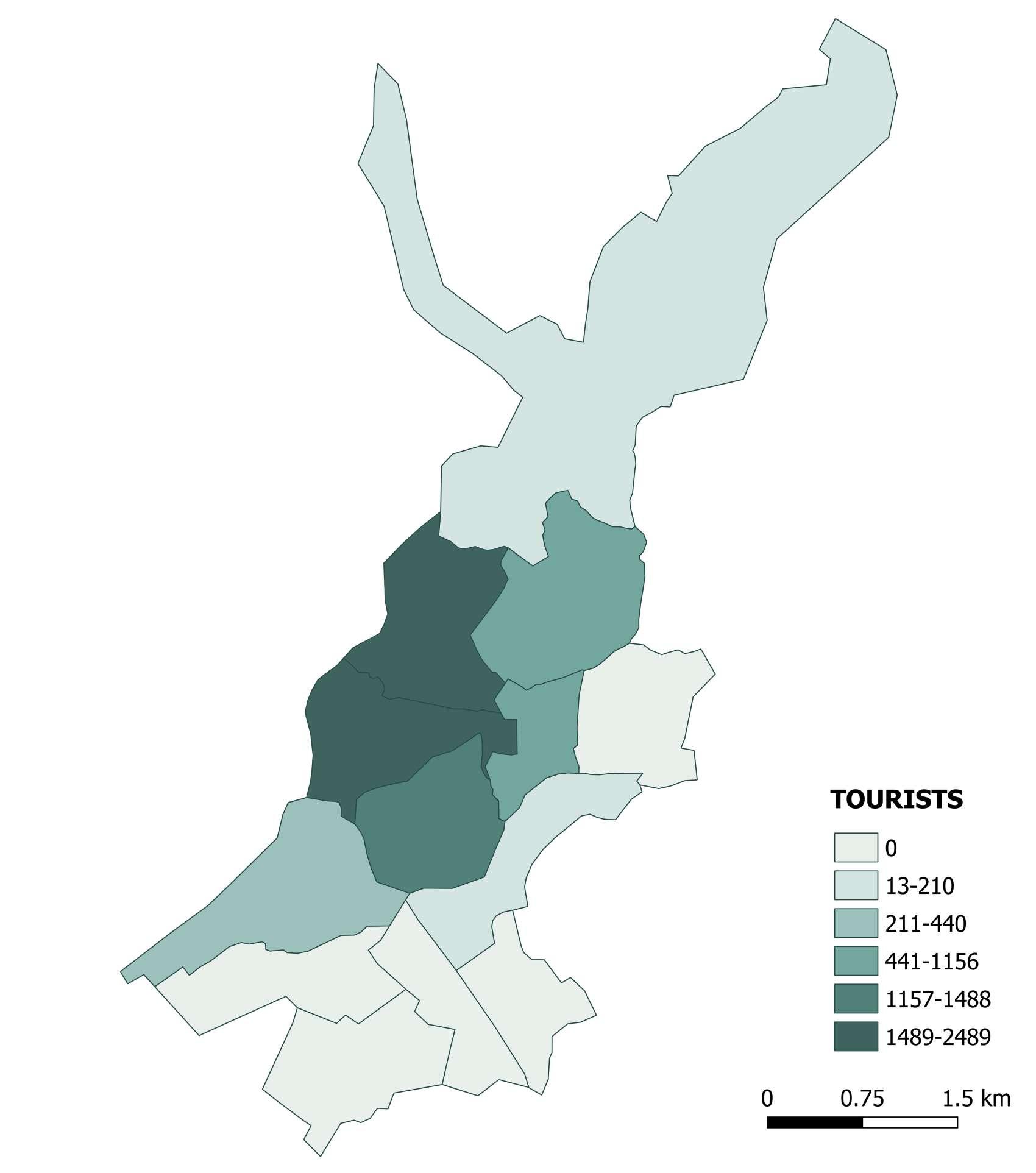


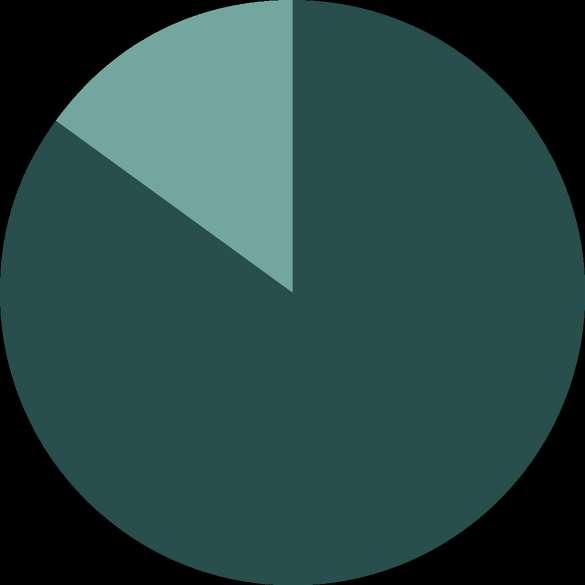
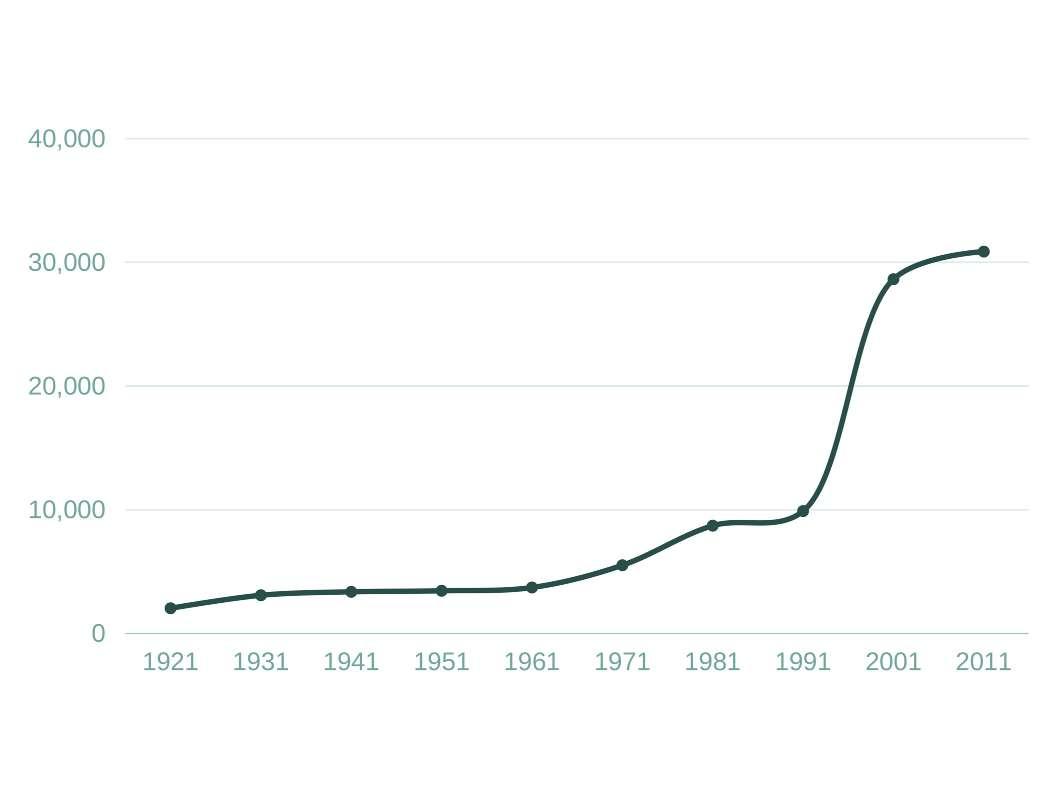
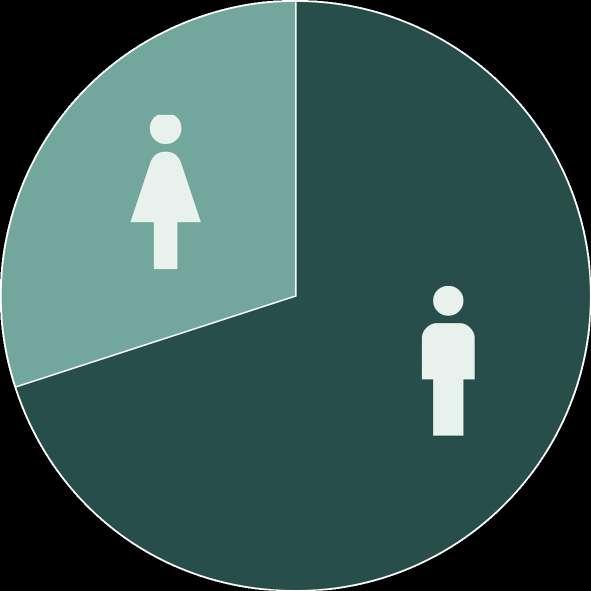


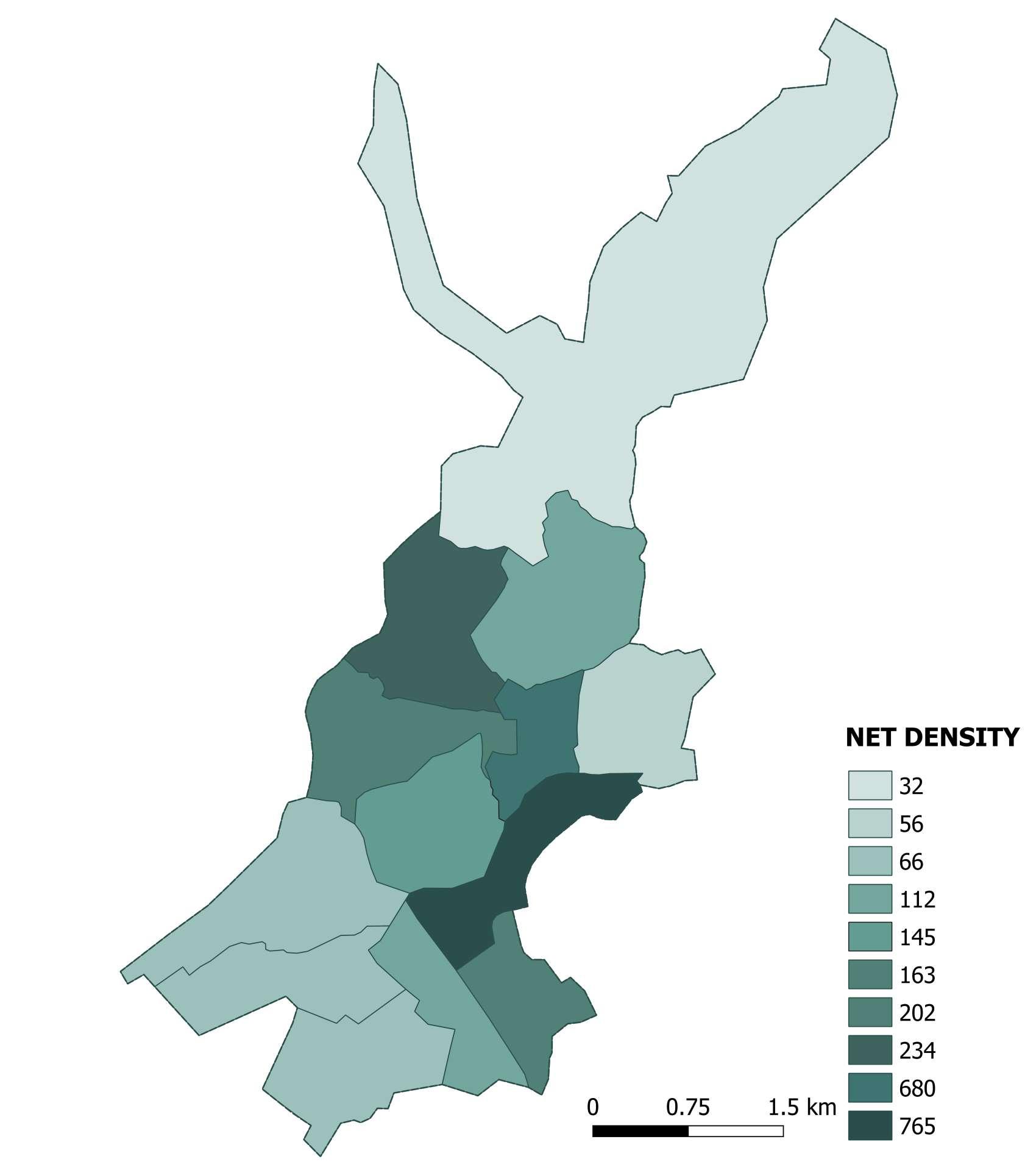
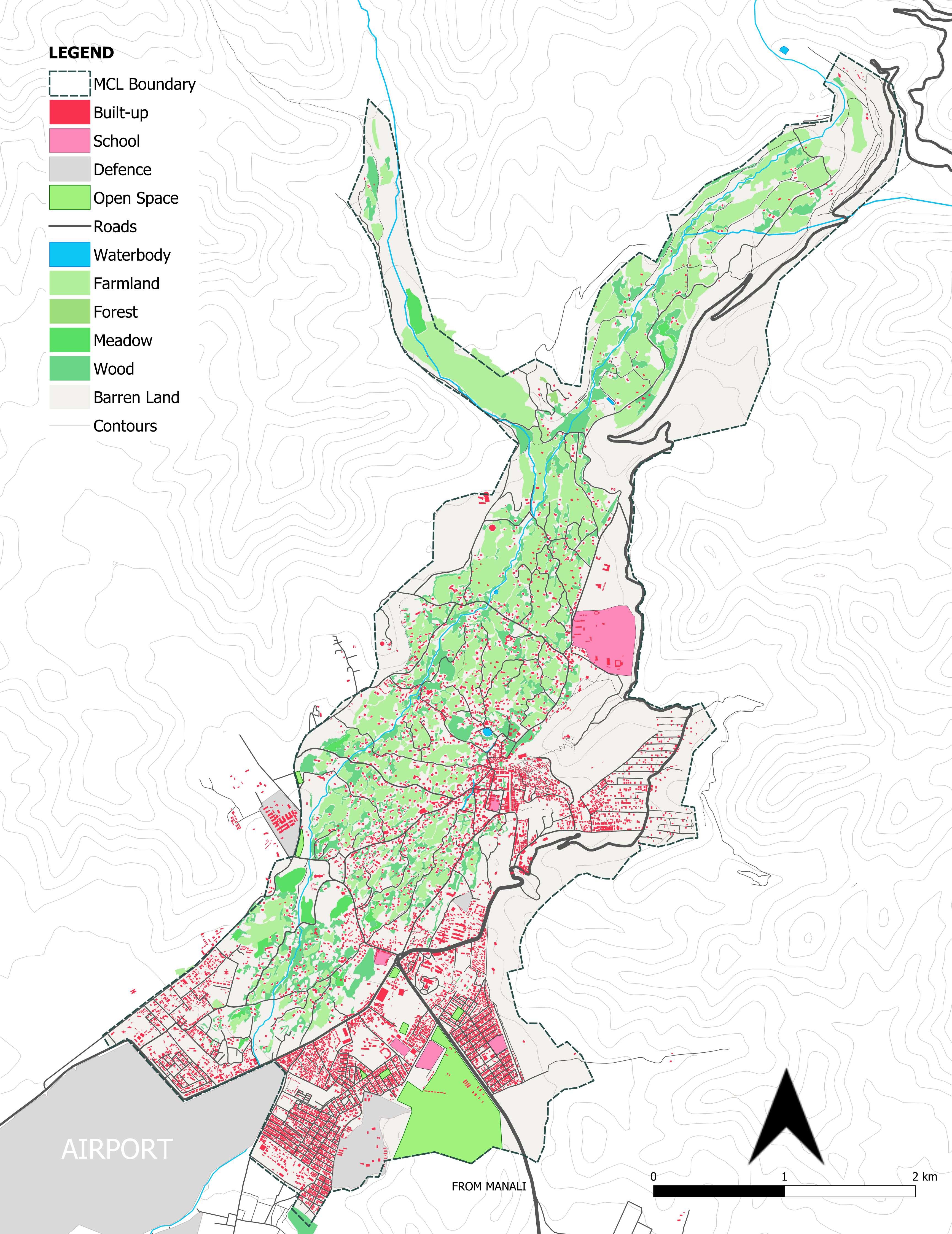
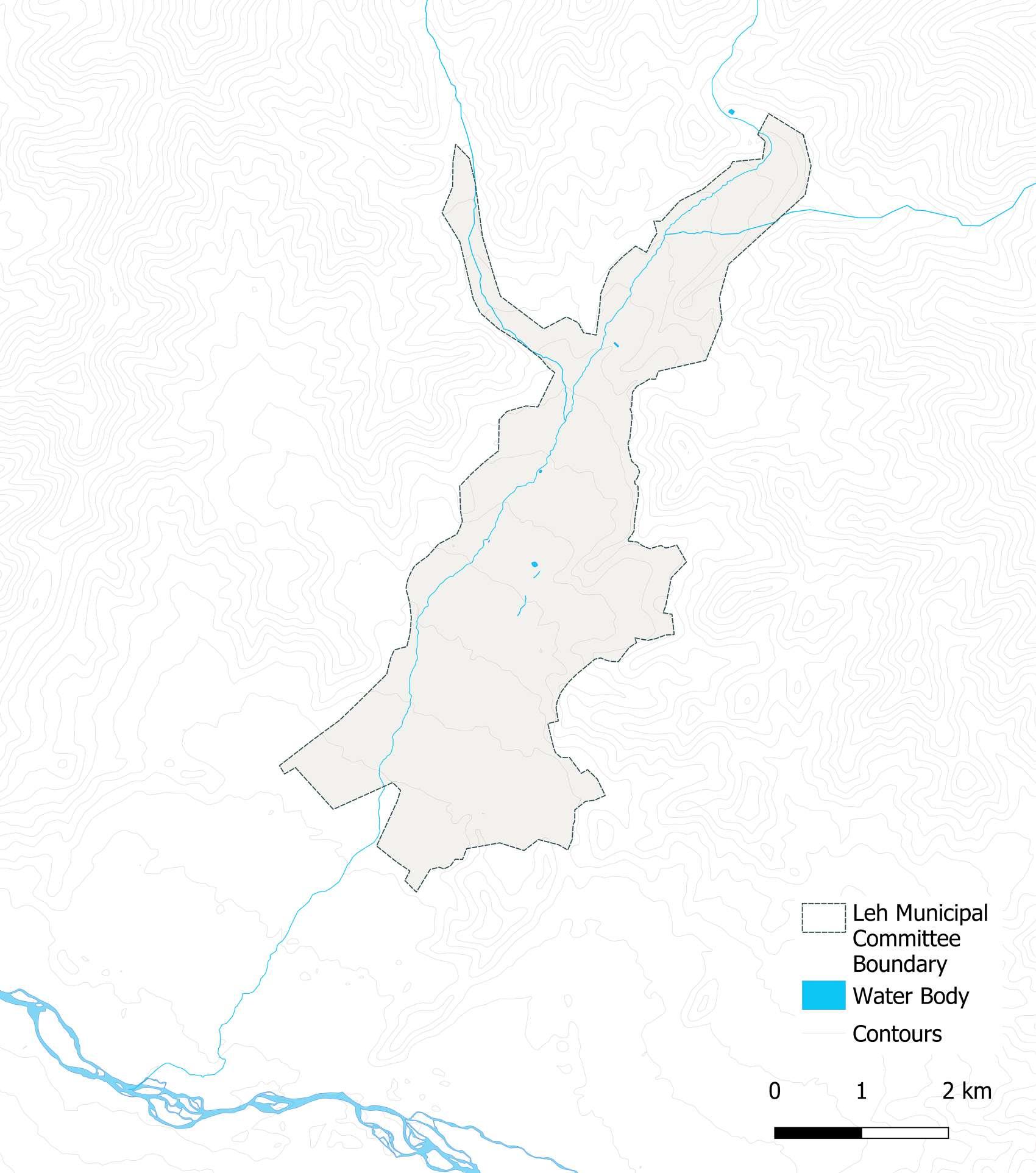


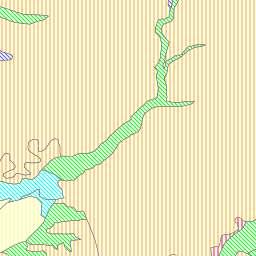
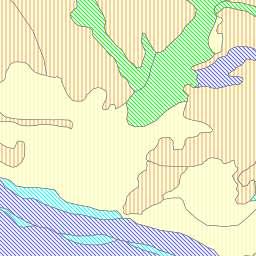

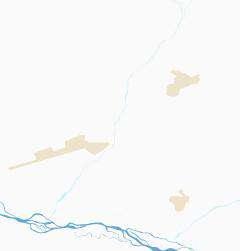






































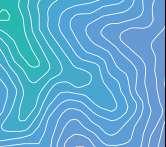











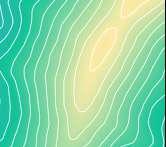







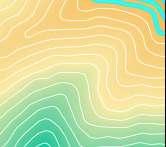







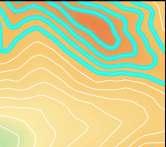








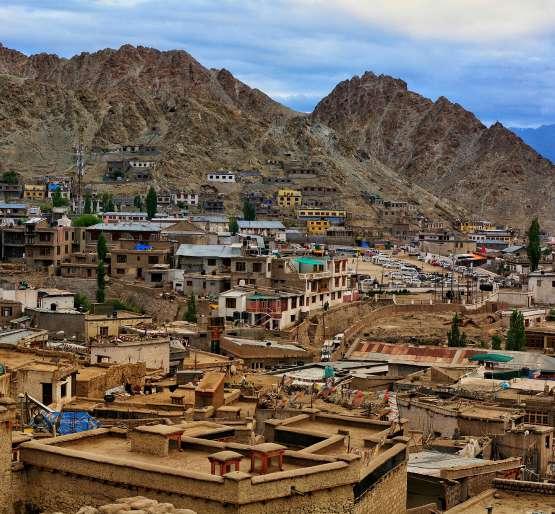


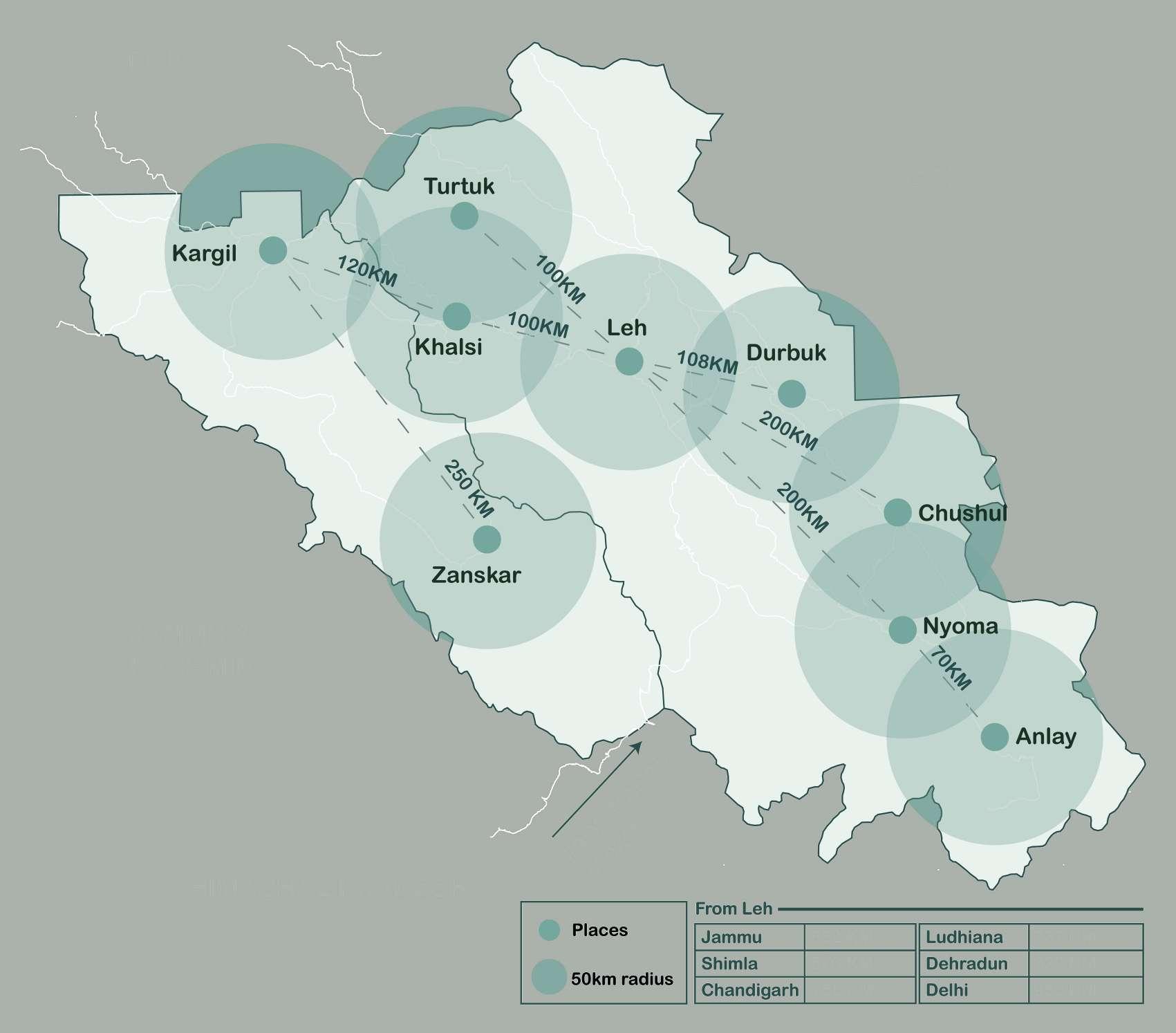





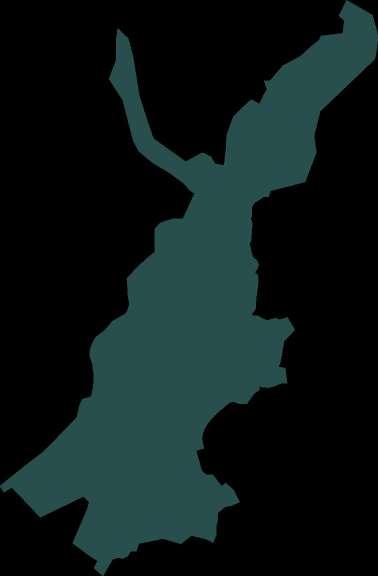
OF WATER SYSTEM WITHIN LEH MUNICIPAL COMMITTEE
CITY PROFILE INDIA CLIMATE LADAKH HIMACHAL PRADESH POK COK JAMMU & KASHMIR TIBET COK SITE LOCATION AND DEMARCATION LEH TOWN IS LOCATED IN LEH DISTRICT OF LADAKH UNION TERRITORY • IT LIES IN THE RAINDHADOW REGION OF HIMALAYAN RANGES IT IS LOCATED AT AN ALTITUDE OF 3,500 METRES ABOVE SEA LEVEL • THE AVERAGE SLOPE IS 10 DEGREES FROM NORTH TO SOUTH THE LEH MUNICIPLE COMMITTEE MOSTLY CONSISTS OF RESIDENTIALS AND HOTELS LADAKH AREA 59,146 KM LEH DISTRICT AREA 45,110 KM STUDY AREA 17.1 KM LEH POPULATION 30,870 SOURCE: CENSUS 2011 WARD WARD WARD WARD WARD 5 WARD WARD 7 WARD 8 WARD9 WARD10 WARD11 WARD 12 WARD13 WARDS WITH SETTLEMENT PATTERN OF LEH MUNICIPAL COMMITTEE LEH KARGIL MCL CONNECTIVITY AGRICULTURAL AREA HILL SETTLEMENTS WARD 1-6 SETTLED AROUND HIGHWAY WARD SOURCE: LAHDC ENVIRONMENT TOPOGRAPHY ELEVATION AND CONTOURS OF LEH MUNICIPAL COMMITTEE AM ISRO's Geoportal Gateway to Indian Earth Observation 2D Viewer Manual Disclaimer Ministry of Drinking Water and Sanitation Bhuvan Bhujal (Ground Water Prospects and Quality Information System) National Rural Drinking Water Program State KASHM R Water Pros ec es Water Qualit Layers w p De c va e Sw e rised users yield and depth will be provided. (Shp KML, WMS) O erlay iewed nd .km Search Tools Bhuja District: Leh aluk: Select aluk ed Layers User Login M p S ellite H b 5 GROUND WATER PROSPECTS MAP R EPARED FROM SATE L E MA GE N ER P ET T O N W H L M T D F EL CH E KS SCA E - 1 5 00 AD A T C W S B NG L G O M----0 1 2 3 4 5 K ome r ©M A H N G A R N C A O M G E N H V Y B A N G L A D E S H WATERBODIES DEMOGRAPHICS LAND COVER POPULATION LEH POPULATION 30,870 INDUS RIVER SEASONAL STREAMS 70% 30% MALE-FEMALE DISTRIBUTION DECADAL POPULATION GROWTH LITERACY WARD WARD WARD 3 WARD WARD 5 WARD WARD 7 WARD WARD9 WARD10 WARD11 WARD 12 WARD13 WORKFORCE WARD-WISE POPULATION DENSITY WARD-WISE TOURISM DENSITY FLOATING POPULATION WARD 1 WARD 2 WARD 3 WARD 4 WARD WARD 6 WARD WARD WARD9 WARD10 WARD11 WARD 12 WARD13 WARD-WISE MIGRANT DISTRIBUTION DECADAL TOURIST POPULATION MONTHLY TOURIST POPULATION ADMINISTRATIVE SETUP LADAKH (UT) LEH DISTRICT KARGIL MUNICIPAL COMITEE OF LEH (MCL) LADAKH AUTONOMOUS HILL DEVELOPMENT COUNCIL (LAHDC) GOBAS VILLAGE HEADMANS UPPER LEH LOWER LEH 13 WARDS CASE STUDY ULAANBAATAR, MONGOLIA Irrigation figures - AQUASTAT SurveyFIGURE Map Mongolia • MONGOLIA IS SITUATED IN CENTRAL ASIA • IT IS BORDERED BY CHINA TO THE WEST, RUSSIA TO THE NORTH, EAST AND SOUTH • ULAANBAATAR IS THE CAPITAL CITY OF MONGOLIA THE CITY IS SITUATED AT 13,000 METERS ABOVE SEA LEVEL 1.6 MIL MONGOLIA MAP HIGHLIGHTING ULAANBAATAR WARD WARD WARD 3 WARD WARD 5 WARD WARD 7 WARD WARD9 WARD10 WARD11 WARD 12 WARD13 Page 38 Case Study Figure Map of Mongolia Climate Ulaanbaatar has severe cold climatic conditions which prolongs for a long time in an year. The lowest average temperature in the city is -22.02 degree Celsius with record low of -44 degree Celsius and having 34 degrees Celsius as the highest temperature in the city. The coldest months are December and January, and the hottest months are June and July. Case Study Figure Ulaanbaatar Monthly Average Temperature ULAANBAATAR CLIMATE Water Resources Mongolia is situated on three international river basins, namely: a. The Arctic Ocean Basin also known as the Yenisei River Basin, which located on the northern and central Mongolia. The total length of the Yenisei River basin spans 35,000 km. b. The Pacific Ocean Basin or the Amur River Basic is situated in the eastern side of Mongolia. c. The Central Asia Internal Drainage Basin situated in the southern and western Mongolia which covers about 68% of the country. The major lakes and rivers can be seen in Case Study Figure 1. The major river flowing through Ulaanbaatar is the Tuul river as depicted in Case Study Figure 3. Case Study Figure Diversity land uses and types around the Tuul river DIVERSITY OF LANDUSES AND TYPES AROUND TUUL RIVER Page 41 Case Study Table Available sources water Ulaanbaatar Source mn m /yr Total % Groundwater 104 86% Surface Water 16 14% Total 120 100% The water supply the Ulaanbaatar city is managed by Ulaanbaatar Water Supply and Sewerage Authority (USUG). The city both has piped network and truck services for the provision water. Another government owned company the OSNAAUG, which responsible for wastewater treatment and has 143 pumping stations around the city and 300 substations. OSNAUUG collects tariffs for the water supply, while 80% of the population pays the tariffs, the remaining 20% are exonerated from paying as they are too poor to. Ulaanbaatar Water Demand The base year this case study was 2010 and the population was forecasted to 2021 and then 2030. Case Study Figure Water Demand Estimation Low, Medium and High growth scenarios 86% Hydro-economic Analysis Cost-Effective Solutions to Close Ulaanbaatar’s Future Water Gap - Final Report 12 Figure Heat and hot water system Ulaanbaatar Source: PwC, Stakeholder interviews UBDS owns 80 km long heating network, of which 280 km long central heating. The total length Ulaanbaatar’s heating network about 500 km long (including customers’ own networks, such as OSNAAUG network). Within OSNAAUG, heat losses are estimated at around 20-25%, mostly owing the older network lines. The losses, however, are calculated based heat expenditure and are not measured, thus losses could be potentially higher. To maintain the pressure in the distribution system, the amount of water -circulating needs to remain constant. In winter 350-400 m /hr of make-up water required, in summer 120 - 220 m hr. The water loss mainly due to ipe leakage Illegal connections to heating network Improper use of eating pipes, e.g. some households without hot water supply withdraw hot water from the radiators use for cleaning, some households with cool/warm radiators connect their radiator (central) to sewage for hotter radiators. This estimated account for -10% total make-up water required laanbaatar City implementing measure to reduce heat loss household level e.g. old apartments are being lined from outside. UBDS and laanbaatar City are also performing annual improvement measures replacing old and aging pipes, to reduce heat and water loss es. The water demand data for the energy sector requires an update. As now, no information on water demand for the Amgalan HoB was available, nor for the two additionally planned HoB plants. The water demand stimates used in this study are expected too high, since publication of the water data provided in the Tuul Integrated Water Management Plan (MEGDT, 2012) changes impacting the water demand estimates have taken place. In addition to CHPs, there Heat-only- boiler (“Amgalan HOB)) in operation since 2015. According an ADB report, two more are planned. However, the Ministry of Energy has no information these. The given uncertainties around additional water uses around energy prevented us from exchanging actual water demand data for CHPs with given data. However, this an area which requires more insights the future. Interview with UBDS (14 April 2016) These include changes in CHP5 technologies from wet air cooled and the expansion and renovation CHP#4. The extent of the reduced water demand requires verification. The energy estimates the MEGDT (2012) Tuul Integrated Water Management Plan seem too high. We assume this be driven by changes occurring after publication, such as changes CHP5 technologies from wet air cooled and the expansion and renovation CHP#4 (however, the impact on water resources uncertain). 14% GROUND WATER SURFACE WATER HOT WATER DISTRIBUTION SYSTEM IN ULAANABAATAR WATER SOURCE DISTRIBUTION PROJECTED DEMAND FOR ULAANABAATAR AVERAGE TEMPERATURE IN LEH AVERAGE MONTHLY SNOWFALL AVERAGE MONTHLY RAINFALL DAILY CHANCE OF PRECIPITATION ORGANIC SETTLEMENTS (HIGH) ORGANIC SETTLEMENTS (LOW) WARD 11-12 WARD 13 WARD 8-9 PLANNED AREA WARD 10 ELEVATION INSIDE MCL 3D PERSPECTIVE OF ELEVATION SOURCE: BHUVAN LITERATURE REVIEW 85% 15% PERSONS MALE FEMALE 26,341 LIT. 19,751 LIT. 6,590 LIT. 4,529 ILLIT. 1,918 ILLIT. 2,611 ILLIT. PERSONS MALE FEMALE 90.24% 94.89% 78.85% LITERATES ILLITERATES MAIN NON-WORKERS MARGINAL 36.61% 7.89% 55.4% CULTIVATORS 2.01% 0.56% 0.13% 97.31% AGRICULTURE INDUSTRY OTHERS ICE STUPAS ARTIFICIAL GLACIERS CPHEEO GUIDELINES ICE STUPA: EFFICIENT SNOW WATER HARVESTING ARTIFICIAL GLACIER: OUTDATED COMPLICATIONS TECHNIQUES FOR MAPPING GUIDELINES FOR NEW WATER DISTRIBUTION PROPOSALS TECHNIQUES FOR PROPOSING AND DEMARCATION PPP MODELS FOR WATER DISTRIBUTION SYSTEM FACTORS AFFECTING EFFICIENCY IS PPP A SUCCESS OR FAILURE? LITERATURE REVIEW ICE STUPA Page 56 Literature Review Image The Ice Stupa Design Concept Illustration conclusion, even though Ice Stupa is an effective way for snow water conservation, is still expensive and requires full time staffs for the maintenance of the stupa. However, the design more accessible and can be created lower elevations, closer villages and towns. Key Takeaway The ice stupa currently the most efficient way of harvesting snow water, even though this requires ma labour, but since it’s practical which amounts to the least failure unlike the artificial glacier design, this project can be done with the use of GIS tools for the site selection process to make easier and get robust understanding of the surroundings for ice stupa implementation. Page process site selection comes the basis water availability, elevation and slope the land, and minimum exposure stupas sunlight. The water then diverted gravity from upper stream using plastic pipes, which are high-density, usually laid underground after the selection the suitable site. vertical pipe erected from center the stupa, which sprinkler the top spraying water depicted Literature Review Image which looks like fountain due hydrostatic pressure. Literature Review Image Stupa with sprinkler spraying water During the melting period the glaciers, the ground where stupas will laid covered with clays reduction permeability and stop rapid seepage. The structural stability ice stupas comes from shape ice aggregation maintained using branches buckthorn and barbed wires surrounding stupas. The structure also has arched tunnel inside the stupa. This tunnel access point the internal chambers the stupa where maintenance the pipe could done like defrosting, adjusting height, and setting sprinklers. Page The Stupa Project Source: (Maheshwary, Raspall, Verma 2019) The most infamous and practiced model Ladakh known Ice Stupa, invented Mr. Sonam Wangchuk, who engineer profession. The ice stupa innovative snow harvesting method Ladakh and has been high praised. functions freezing water streams vertically structure which forms pyramid shaped ice cones about 50 metre height looks similar architectural term “stupas”. The design such that, requires no pump external pressure freezing water and environment adaptive. The stupa shaped way that less surface area exposed the winds delay the melting. There factors considered when stupa built, first comes site selection suitable area, water stream which could supply for creation stupas, then comes designing erecting structure and headworks. Each factors comes with own unique challenges and critical and technical understanding important. ICE STUPA CONCEPT ICE STUPA STRUCTURES IN LEH DATA COLLECTION WATER SUN SLOPE SITE SELECTION CRITERIA MLD WATER WATER SOURCES & SUPPLY SOURCES SURFACE WATER PUBLIC TUBE WELLS GROUND WATER GYALUNG SPRINGS GANGLES SPRINGS T-TRENCH SURFACE STREAMS MURTSEY KHAKSHAL TUKCHA JUMABAGH LAMDON SANKAR BADAMI BAGH SKARA GOMPA Tube Wells Discharge (LPS) Quantity (MLD) Murstey 10 0.43 Khakshal 0.35 Tukcha 0.35 Jumabagh 0.35 Lamdon 0.19 Sankar 0.15 Badami Bagh 0.19 Skara 0.19 Gompa 10 new 2.05 Total PHE TUBE WELL QUANTITY Parameter Est. Quantity(MLD) Murtsey TW (Tanker)52 HP Khakshal TW Tukcha TW Jumabagh TW Lamdon TW Sankar TW (Tanker) Badami Bagh TW Skara TW Gompa TW Total SURFACE WATER SOURCES QUANTITY 250mm 250mm 250mm 300mm villages through 250mm diameter Mild Steel INDUS WATER LIFT SCHEME WATER SOURCE DISTRIBUTION IN LEH Category Water Extracted (MLD) Estimated Wastage (MLD) % Total Estimate Wastage Actual Supply (MLD) Public Tube Wells 2.050.5140%1.58 Indus Water Lift 2.10.5339%1.54 Natural Springs 0.550.1411%0.41 Private Borewells 1.60.1311%0.41 Total6.31.31 PUBLIC TUBE WELL INDUS WATER LIFT NATURAL SPRINGS PRIVATE BOREWELLS 2.05 MLD 0.51 MLD 40% 2.10 MLD 0.53 MLD 39% 0.55 MLD 0.14 MLD 11% 1.6 MLD 0.13 MLD 11% WATER EXTRACTED WASTAGE WASTAGE WATER EXTRACTED WASTAGE WASTAGE WATER EXTRACTED WASTAGE WASTAGE WATER EXTRACTED WASTAGE WASTAGE TOTAL TOTAL WATER SUPPLY IN MCL 1.58 1.54 0.41 0.41 5.00 6.3 1.31 MLD MLD MLD MLD MLD MLD MLD WATER STORAGE LOCATION OF SERVICE RESERVOIRS WITH CAPACITY TYPICAL COVERED RESERVOIR CROSS-SECTION Reservoir Status Capacity (Litres) Distribution Zones Lamdon Operational 5,70,000 Zone Khakshal Operational 5,70,000 Zone SkampariOperational 57,00,000Zone Stok Flow (old) Operational 95,000 Zone 6-I Badami Bagh Operational 1,90,000Zone 11 Skara Built, Not Operational 1,90,000 Zone 12 Balashram Operational 57,00,000 Zone 11 Mini Secretariat Operational 3,80,000 Zone 10 Manetseling Operational 3,80,000 Zone 10 Changspa Operational 3,80,000 Zone Gyalung SR Operational 5,70,000 Zone Jumabagh Operational 1,90,000 Zone Kartse Under Construction 1,90,000 Zone 12 Stok Flow (new) Under Construction 1,90,000 Zone 6-I Gonpa Operational 1,90,000 Zone AMRUT Under Construction 57,00,000 Bombguard Skampari Phu Built, Not Operational 1,90,000 Zone Skara Built, Not Operational 1,90,000 Zone 12 2,15,65,000 Total COVERED SURFACE WATER STORAGE LAND EXISTING WATER DISTRIBUTION NETWORK LEH WATER DISTRIBUTION NETWORK SANCTIONED IN 1990s 60 KM PIPE LENGTH GALVANIZED IRON PIPES 20-60MM DIAMETERS PIPELINE IS CONNECTED TO 462 PUBLIC STAND POST 100 PSP STILL OPRERATIONAL WATER ONLY SUPPLIED FOR 2 HOURS AT PSP FREQUENT PIPE BREAKAGES DURING WINTER WATER DISTRIBUTED THOUGH TANKS LEADING TO WATER WASTAGE WATER TANKERS ARE EXPENSIVE COMPARED TO PIPED NETWORK Heads Tankers Piped System Fuel or Electricity 51,50,880 68,49,120 Labour 10,65,800 14,34,200 Maintainance Repairs 14,60,0005,40,000 5,70,000 Annual Cost 76,76,680 88,23,320 5,70,000 Annual Water Supplied (KL) 1,57,6807,96,032 57,00,000 Cost per KL Rs. 49 Rs. 11 95,000 1,90,000 1,90,000 57,00,000 3,80,000 3,80,000 3,80,000 5,70,000 1,90,000 1,90,000 1,90,000 1,90,000 57,00,000 1,90,000 1,90,000 2,15,65,000 KEY TAKEAWAYS TOTAL MLD OF WATER SUPPLY 5.00 TOTAL WATER WASTAGE (MLD) 1.31 TOTAL POPULATION 3,870 MALE FEMALE TOTAL AREA 17.1 KM NO. OF WARDS 13 NO. OF TOURISTS IN 2021 3,04,077 NO. OF SURFACE WATER SOURCES 3 NO. OF PUBLIC TUBE WELLS 8 STAMP DHIR ASHISH DOSHI B.PLAN SEMESTER 8 A70058819008 AMITY SCHOOL OF ARCHITECTURE & PLANNING TOTAL NUMBER OF RESERVOIRS 18 TOTAL NO. OF OPERATIONAL RESERVOIRS 12 TOTAL NO. OF NONOPERATIONAL RESERVOIRS 3 TOTAL NO. OF UNDER CONSTRUCTION RESERVOIRS 3 4,704.4 KM 13,000 M USE OF GREY WATER TO REDUCE WATER WASTAGE INTCENTISING HOUSEHOLD WITH WASTE WATER USE LEAK DETECTION MONITORING SYSTEM INSTALLATION 21,699 9,201 MCL COMMITEE MEMBERS ELECTED 13 2018 MEMBERS ELECTED 32 1995 LAHDC GOBA / NAMBARDAR GOBA OR NAMBARDAR ARE HEADPERSONS WHICH ARE INFORMALLY ELECTED. GOBA IS A TRADITIONAL CONCEPT OF LADAKH AND THEY WORK AT THE GROUND LEVEL IN EVERY SUB-AREA OF LEH WITH ISSUES RELATED TO LAND, FINANCE, RESOLVING DISPUTE ETC. NORTH 4105.3 M 3302.4 M 3703.8 M
IMPACT OF TOURISM-DRIVEN URBANISATION
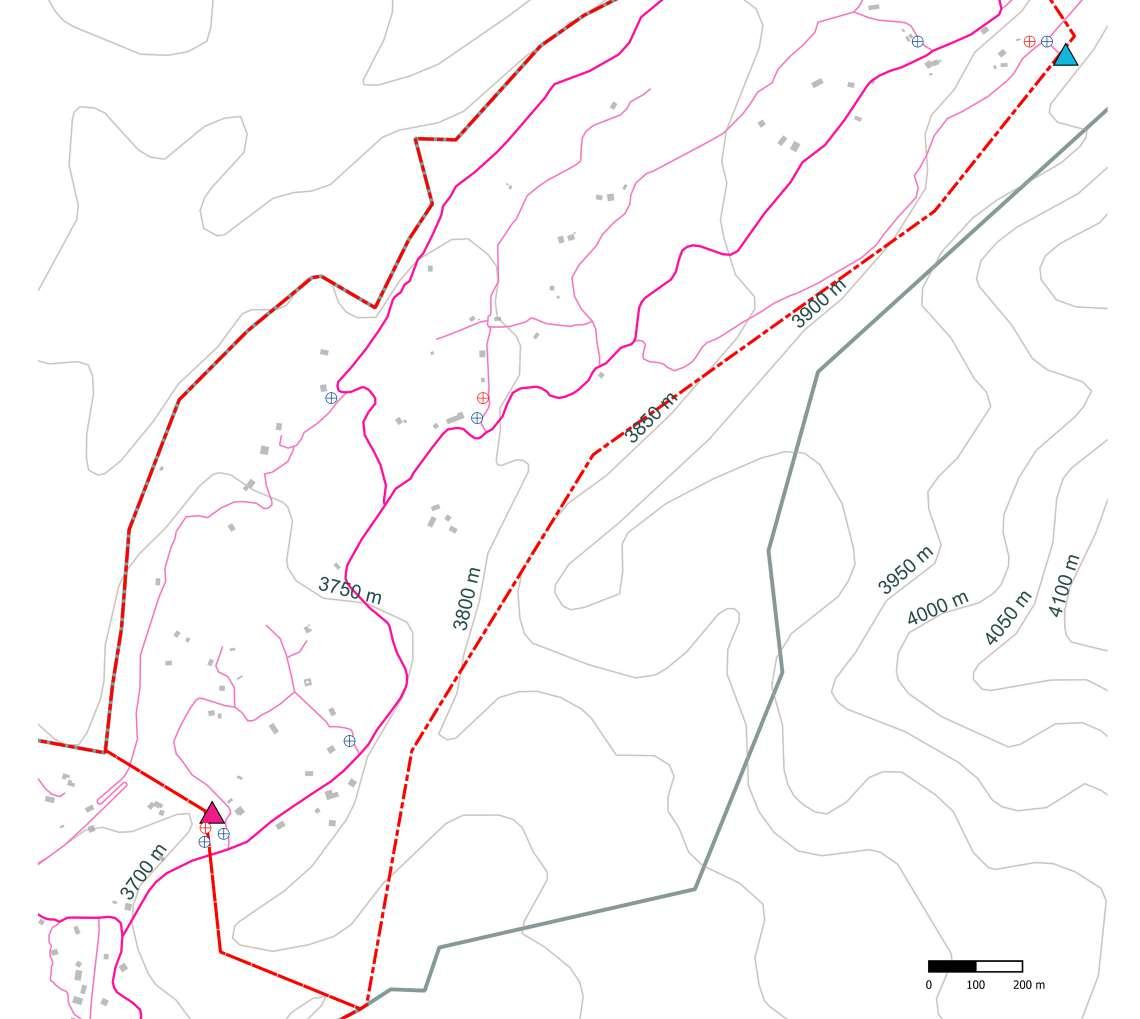

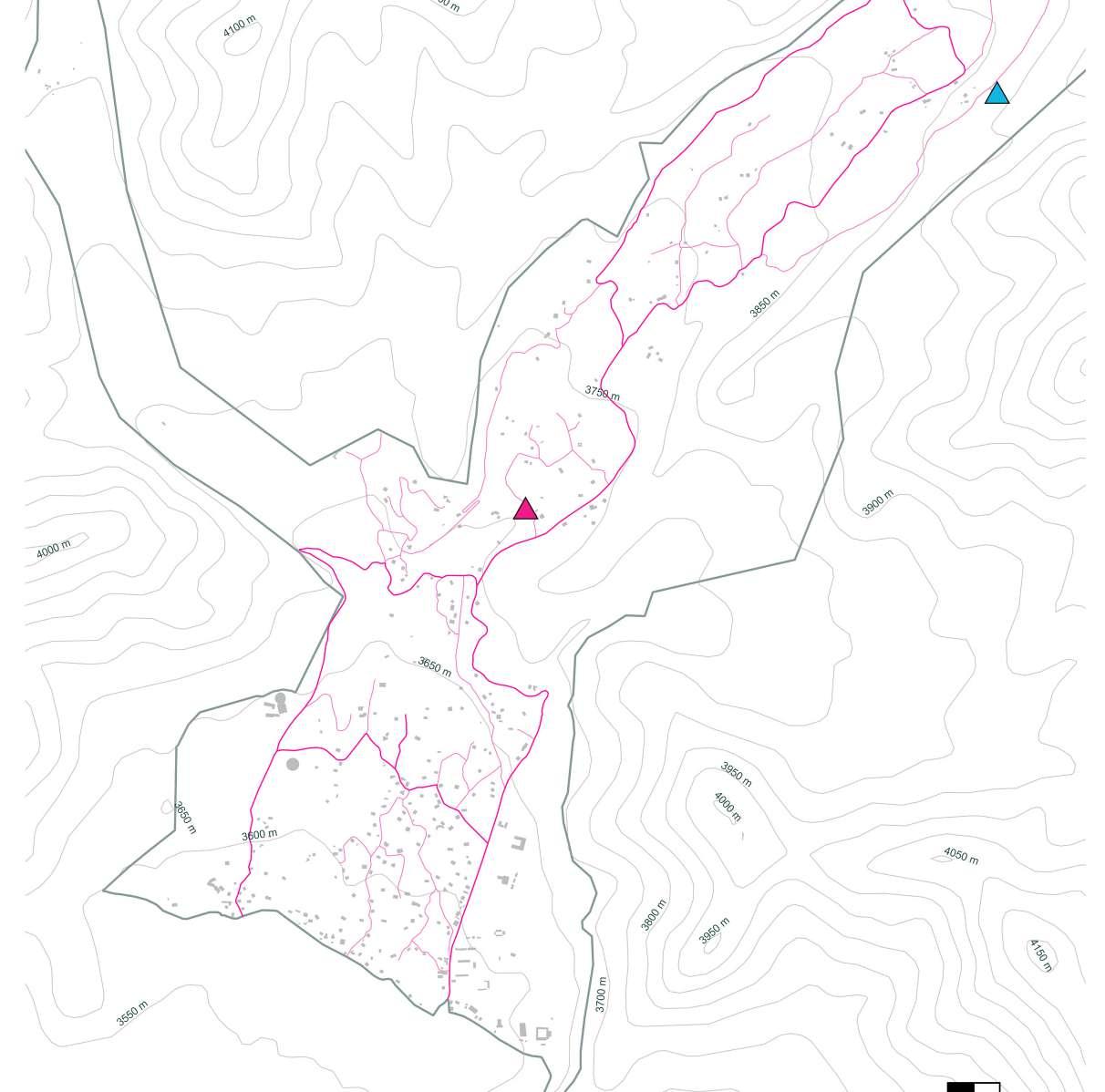

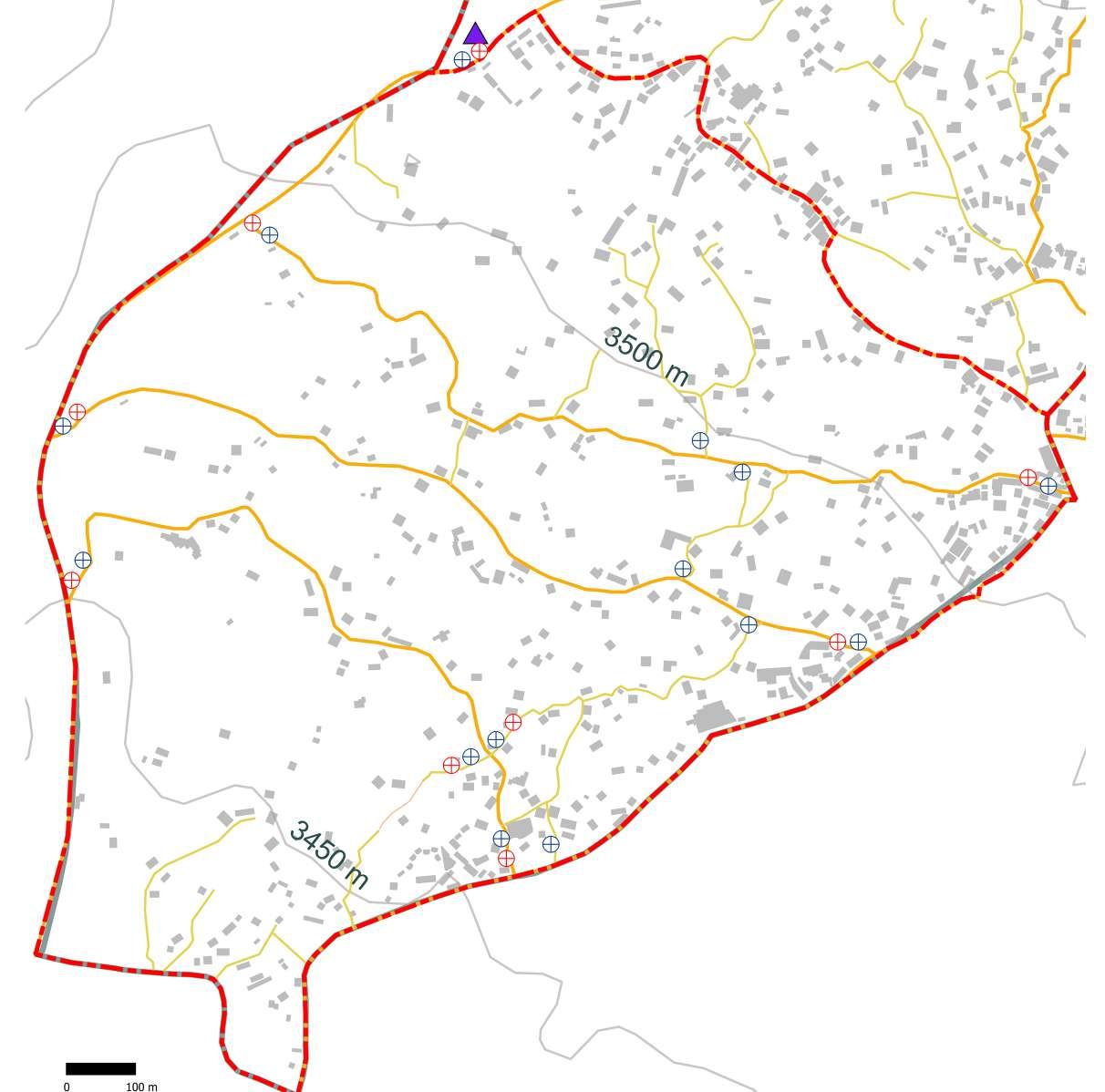




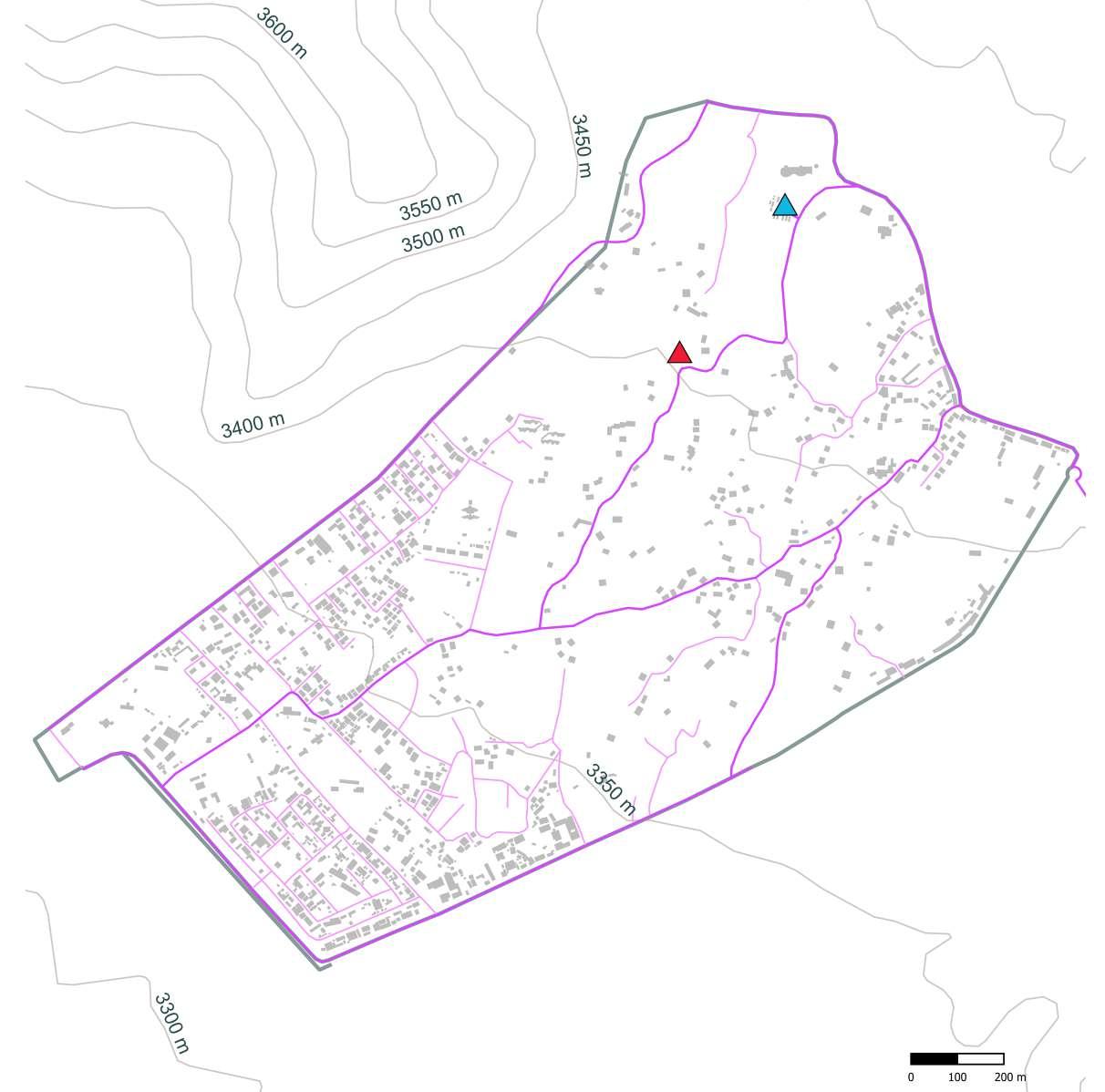
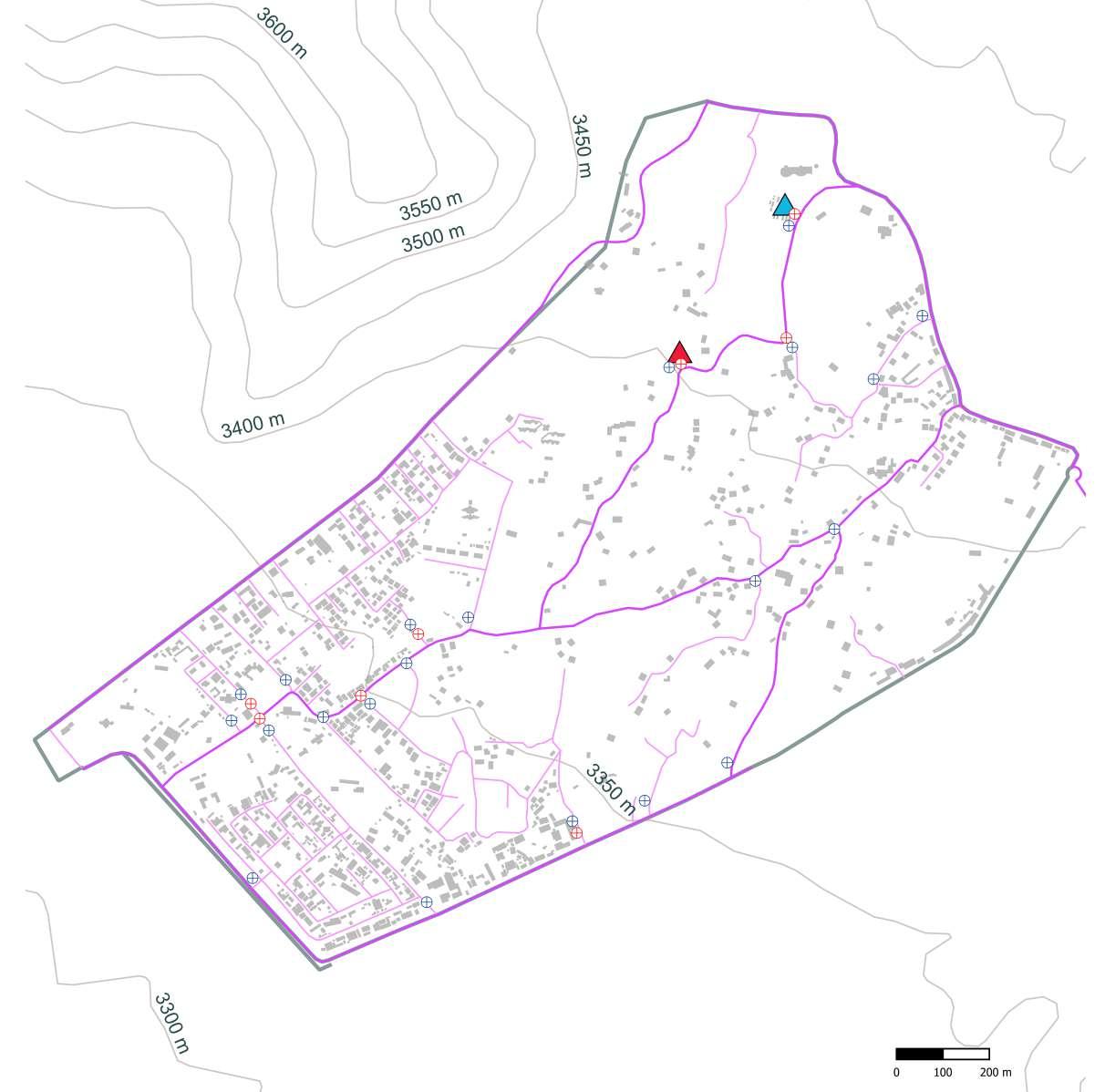




















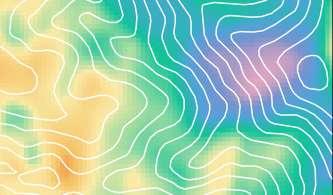


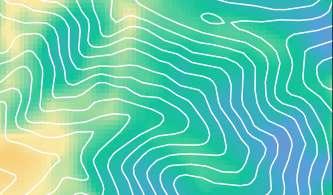





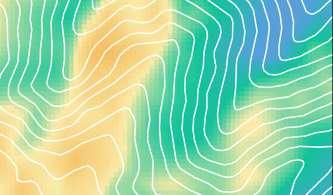


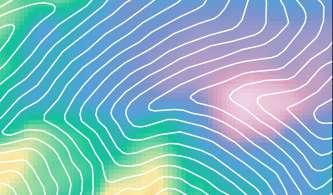









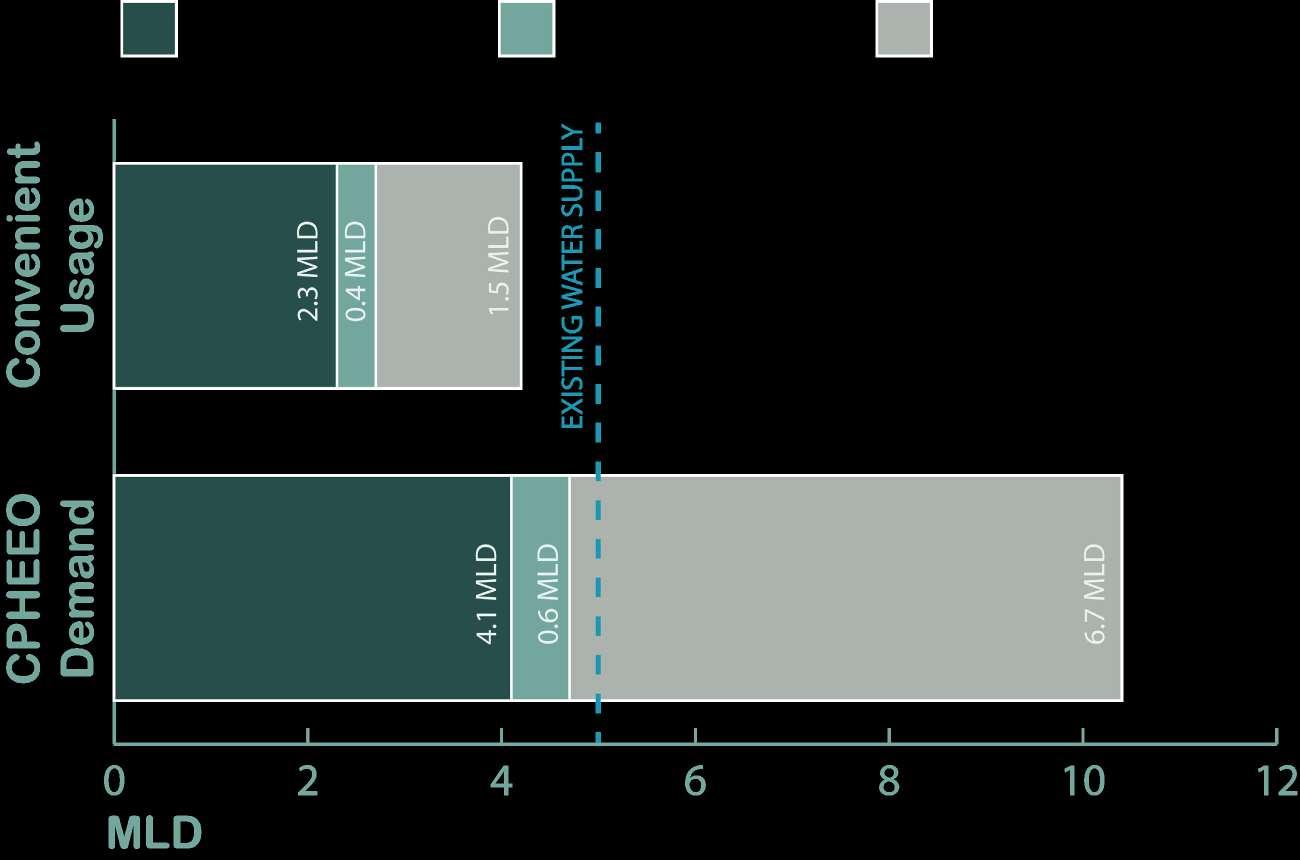










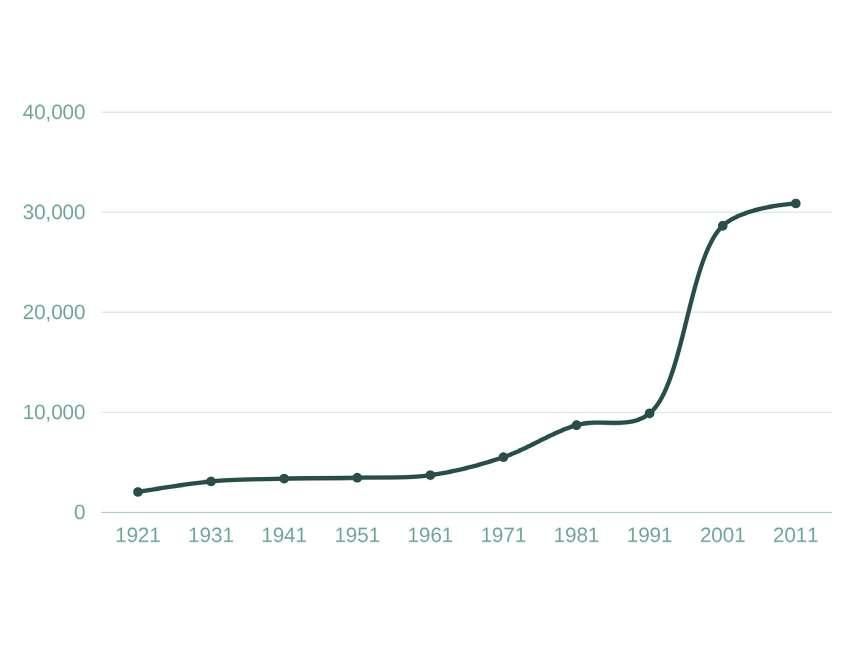

OF WATER
SYSTEM WITHIN LEH MUNICIPAL COMMITTEE
ANALYSIS STAMP DHIR ASHISH DOSHI B.PLAN SEMESTER 8 A70058819008 AMITY SCHOOL OF ARCHITECTURE & PLANNING NORTH Year 19711981199120012011 Population5519871898972863930870 Growth Rate48.3657.9613.5189.37.79 DECADAL POPULATION FIVE DECADE POPULATION PROJECTED POPULATION METHODS USED GEOMETRIC METHOD FOR HIGH GROWTH ARITHMETIC METHOD FOR LOW GROWTH Year 1971 1981 1991 2001 2011 2021 2031 2041 2051 Population 5519 8718 9897 28639 30870 40093 54,436 77287 95,591 Population 5519 8718 9897 28639 30870 37208 43,545 49883 56,221 Growth Rate LOW GROWTH CONSIDERED FOR FURTHER ANALYSIS HIGH GROWTH SCENARIO LOW GROWTH SCENEARIO Year 1971 1981 1991 2001 2011 2021 2031 2041 2051 Population 5519 8718 9897 28639 30870 40093 54,436 77287 95,591 Year 1971 1981 1991 2001 2011 2021 2031 2041 2051 Population 5519 8718 9897 28639 30870 37208 43,545 49883 56,221 FLOATING POPULATION ANALYSIS Year Tourist Arrivals 2011 179491 2012 178970 2013 139295 2014 181301 2015 146501 2016 235698 2017 277255 2018 327366 2019 279480 2020 7869 2021 304077 2031 440835 2041 577593 SOURCE: MINISTRY OF TOURISM 2011 TOTAL TOURISTS 1,79,491 MONTHS OPEN TO TOURISTS 150 DAYS AVERAGE STAY 4 DAYS TOURISTS AT ANY GIVEN TIME 4,786 2021 TOTAL TOURISTS 3,04,077 MONTHS OPEN TO TOURISTS 150 DAYS AVERAGE STAY 4 DAYS TOURISTS AT ANY GIVEN TIME 8,109 2031 TOTAL TOURISTS 4,40,835 MONTHS OPEN TO TOURISTS 150 DAYS AVERAGE STAY 4 DAYS TOURISTS AT ANY GIVEN TIME 11,755 WATER DEMAND AND SUPPLY DEMAND CALCULATION NORMS (CPHEEO) LOCALS 75 LPCD TOURISTS 100 LPCD MIGRANTS 30 LPCD LOCALS 4.1 MLD TOURIST 0.6 MLD MIGRANTS 6.7 MLD LOCALS 2.3 MLD TOURIST 0.4 MLD MIGRANTS 1.5 MLD DEMAND (CONVENIENCE USAGE) DEMAND (CPHEEO GUIDELINES) TOTAL 4.2 MLD DEMAND TOTAL 11.4 MLD DEMAND WATER DEMAND AND SUPPLY GAP PROJECTED WATER DEMAND C n en en Us g Dema d CPHEEO S nd d Dema d Cu en Wa e S p y 0 1 03 04 2 5 2 1 1 12.7 MLD 14 MLD 14.9 MLD 15.7 MLD MLD 5.8 MLD 6.3 MLD 6.8 MLD MLD WATER DISTRIBUTION NETWORK ANALYSIS PROPOSAL CONSIDERATIONS PROPOSALS POLICIES TO EFFECTIVELY REDUCE WATER CONSUMPTION STRENGTHENING AT INSTITUTIONAL LEVEL INFRASTRUCTURAL INTERVENTIONS TO REDUCE WATER CONSUMPTIONS CONSIDERATIONS FOR ECOLOGICALLY VULNERABLE LAND AND HIGH WATER DEMAND BY 2051 STRICT POLICIES TO CURB TOURIST GROWTH APPROACH GOVERNANCE FORMATION OF WATER COMMITTEE UNDER LEH MUNICIPAL COMMITTEE MEMBERS LADAKH UT LAHDC LEH MC PHED PRINCIPLES FOR WATER GOVERNANCE POLICY FRAMEWORK POLICY TO CURB TOURISM EXPANSION FOCUS AREA TO CURB TOURISM EXPANSION ENFORCING TAXES TO HIKE HOTEL PRICES TOURIST CONTROL PERMITS FOR LEH MUNICIPAL COMMITTEE AREA WATER TARIFFS FOR HOTELS HOTELS WILL BE INCLUSIVE OF WATER TAXES WHEN BOOKING ACCOMODATIONS BY THE TOURISTS ISSUING AN ONLINE PERMIT BEFORE VISITING LEH AFFECTIVE TOOL TO CONTROL TOURIST INFLOW PERMIT APPROVAL DENIED WHEN MAXIMUM CAP FOR TOURIST INFLOW REACHES BEYOND A SUSTAINABLE POINT FORMATION OF TOURIST CONTROL BOARDS RECOMMENDED A TOURIST INFLOW OF 2,00,000 TOURISTS / PER TO REDUSE PRESSURE ON WATER RESOURCES C n e e U a e D m n Cu e Wa Su p y 2 2 03 0 1 20 1 6 4 2 0 ESTIMATED DEMAND AFTER IMPLEMENTING TOURIST CONTROL PERMITS 4.7 MLD 5.2 MLD 5.6 MLD 6.0 MLD 5 MLD CAPPING PERMIT ACCEPTANCE CAPPING VALUE DECIDED ON THE BASIS OF EXISTING POPULATION OF THE SAID YEAR THE DIFFERENCE BETWEEN THE INCREASE OF POPULATION SINCE LAST CENSUS YEAR SUBTRACTED BY THE EXISTING CAP OF THE SAID YEAR 0.8 MLD REDUCTION BY 2050 1.5 MLD REDUCTION BY 2050 ACHIEVABLE 2,00,000 TOURISTS SUSTAINABLE CAP FOR THE PROJECTED DEMAND POLICIES FOCUSED ON HOTELS HOTELS PENALISING FOR OVER CONSUMPTION NEW HOTEL CONSTRUCTION IN LEH WATER MONITORING SYSTEM INSTALLATION AT HOTELS CONSIDERATION OF WATER CONSUMPTION OF EACH INDIVIDUAL AT 135LPCD HOTEL’S CAPACITY MULTIPLIED BY 135LPCD WOULD BE AN ACCEPTED CONSUMPTION VOLUME PENALISING HOTELS FOR OVER CONSUMPTION THAN THE ACCEPTED VOLUME ELIMINATING SHOWERS OR INSTALLING LOW FLOW SHOWERS USING GREY WATER FOR FLUSHES OR USING DUAL FLUSHES BEDSHEETS CAN BE WASHED ON ALTERNATE DAYS APPROVAL OF NEW CONSTRUCTIONS IN ACCORDANCE TO IGBC TAX INCENTIVES FOR HOTELS IN ACCORDANCE REGULARISATION OF GROUNDWATER NOCS FOR DIGGING BOREWELLS • COULD BE ACCEPTED BY THE LEH MUNICIPAL COMMITTEE OR THE PROPOSED WATER COMMITTE COULD ELIMINATE ILLEGAL DIGGING OF BOREWELLS WHICH RESULT IN OVER-EXPOLITATION REGULARISATION OF GROUNDWATER • PUMP HOUSES SHOULD ACCURATELY PUMP THE GROUNDWATER, CONSIDERING LOSSES • ACCURATE DATA SHOULD BE PROCURED OF THE TOURISTS CURRENTLY STAYING IN LEH ON THE BASIS OF THE INFORMATION, ACCURATE AMOUNT OF WATER SHOULD BE EXTRACTED BY THE PUMP HOUSES INTERVENTIONS GIS AS AN INTEGRATED TOOL FOR SITE SELECTION PROCESS OF ICE STUPAS OPERATIONAL ZONES PROPOSED WATER DISTRIBUTION NETWORK OPERATIONAL ZONE 1 OPERATIONAL ZONE 2 OPERATIONAL ZONE 2 DMA 1 OPERATIONAL ZONE 2 DMA 2 OPERATIONAL ZONE 3 OPERATIONAL ZONE DMA OPERATIONAL ZONE 1 DMA 1 OPERATIONAL ZONE 1 DMA 2 OPERATIONAL ZONE OPERATIONAL ZONE DMA OPERATIONAL ZONE 4 DMA 2 OPERATIONAL ZONE OPERATIONAL ZONE 5 DMA 1 OPERATIONAL ZONE DMA OPERATIONAL ZONE 6 OPERATIONAL ZONE DMA OPERATIONAL ZONE 5 DMA 2
